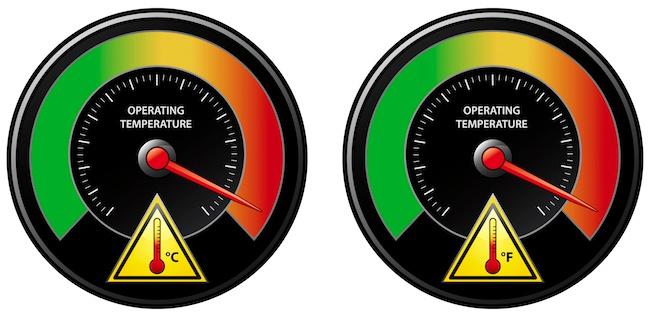What You Need to Know About Cooling Control Panel Enclosures

Control panels are designed to house and protect electrical components for powering and controlling industrial, HVAC, and other equipment. Industrial control panels may include PLCs, VFDs, contactors, fuses, switches, transformers, timers, and other components, each of which operates within an optimal temperature range.
When the temperature in a control panel rises above the manufacturer’s rated temperature for one or more of the components, there is a danger of decreased efficiency, damage to equipment, increased maintenance and replacement cost, loss of power, and ultimately failure of the system.
Some natural cooling will occur when excess heat inside the control panel is transferred through the panel walls to the outside air, or through convection currents as heated air rises and escapes from vents near the top of the enclosure. However, in many cases it is necessary to provide additional cooling systems in order to prevent overheating of the components and protect the delicate electrical equipment.
Ways to Increase Cooling Capacity
One way to increase the amount of cooling is to add a filtered fan package to the control panel, which will increase the convective airflow through the enclosure, while providing some protection from dust or particulates in the ambient air.
Depending on the amount of heat that needs to be dissipated, this can be the most simple, cost-effective method of maintaining optimal temperatures inside the panel. However, cooling fans have some limitations.
For example, in environments with large amounts of particulate matter in the air, such as paper mills or cement plants, the particles will tend to block the airflow through the fan filters, requiring frequent maintenance and reducing the cooling capacity of the fans.
In fact, another type of cooling system will be required if one or more of the following conditions apply:
- The electrical equipment in the control panel generates a large amount of heat.
- The panel is located outdoors, where it will be exposed to direct sunlight, blowing rain, or ice.
- The panel is located indoors in a high-heat environment, near ovens or furnaces.
- The environment surrounding the panel contains copious amounts of dust, fibers, or chemicals in the air.
- The panel will be located close to a body of water or a water treatment plant, or will be exposed to splashing liquids.
Closed-loop cooling systems
In any of these cases, the sensitive electrical equipment inside the control panel must be isolated completely from the environment with a “closed-loop” cooling system to prevent moisture, dust, metallic particles, or corrosive chemicals from ever reaching the components.
One kind of closed-loop cooling system for control panels is the air to air heat exchanger. This type of system uses heat pipe technology to cool the air in the enclosure.
The heat pipe, which is partially evacuated and filled with a refrigerant fluid, acts as a passive cooling device. As the heat in the control panel travels through the wall of the tube, the refrigerant inside is also heated and vaporized. The gaseous refrigerant rises and when it reaches the top of the pipe, it gives up its heat to the cooler outside air. As it releases heat, the refrigerant condenses to liquid form, sinks to the bottom of the tube, and the cycle repeats. The only energy input required is to power fans that provide air circulation.
Control panel air conditioners
Air to air heat exchangers are a fairly low cost, energy efficient solution, but they will not protect equipment in locations where the ambient temperature is higher than the maximum operating temperature of the electrical components. In this case, an air conditioning system is required.
Air conditioners for electrical control panels use a refrigerant, similar to a heat pipe. But rather than working passively, a compressor pumps the evaporated refrigerant through a condenser coil and then an evaporator coil to increase the cooling capacity and cool the enclosure below the ambient temperature.
For more information about cooling control panel enclosures, please contact the experts at Thermal Edge.
